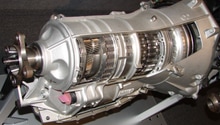Ford F-250: Why Won't My Truck Go Into Gear?
A truck that can't get into gear is almost always a mechanical issue. Figure out what's keeping your F-250 Super Duty from getting into gear below.
This article applies to the Ford F-250, F-350 Super Duty (2005-2014).
There are few things more frustrating than being out and about in a Super Duty when it suddenly refuses to go into gear. The good news is we have a list of easy steps you can take to diagnose and fix the problem. Some are quick and easy, although others can take a little more time and effort.

Materials Needed
- Code reader
- Pressure gauge
- Jack and jack stands
- Socket or wrench set
Step 1 - Check for transmission codes
Use a code reader to see if the truck has any diagnostic trouble codes stored in memory. Generally, this will be accompanied by a check engine or check transmission warning from your Super Duty. This will also tell you if you have a bad solenoid, which is a common problem that can keep the truck from shifting into gear.
If you have no codes, move on to Step 2.
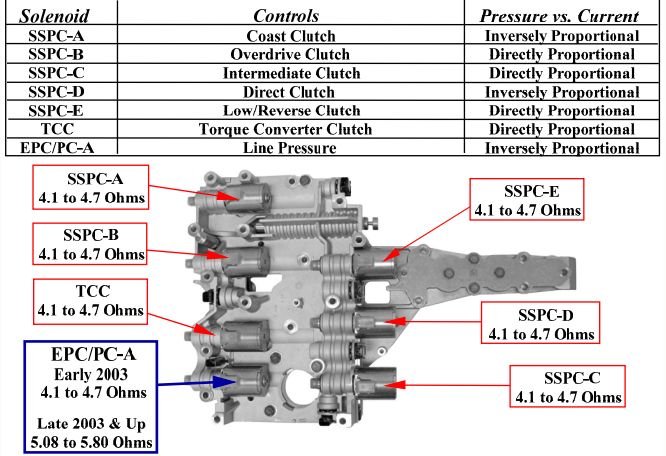
Step 2 - Check selector lever linkage
A cable from the transmission physically winds it's way up to the cabin where the shifter is located. If that cable becomes bound or caught on anything, the shifter might not shift. Check for binding of the line or other obstructions.
If the truck has trouble shifting into gear, it may simply need to be adjusted. For trucks with column mounted shifters, you can check this by looking under the steering column at the selector linkage. Make sure the two bolts noted in Figure 2 are tight.
If your bolts are tight and there is no problem with your linkage, move on to Step 3.
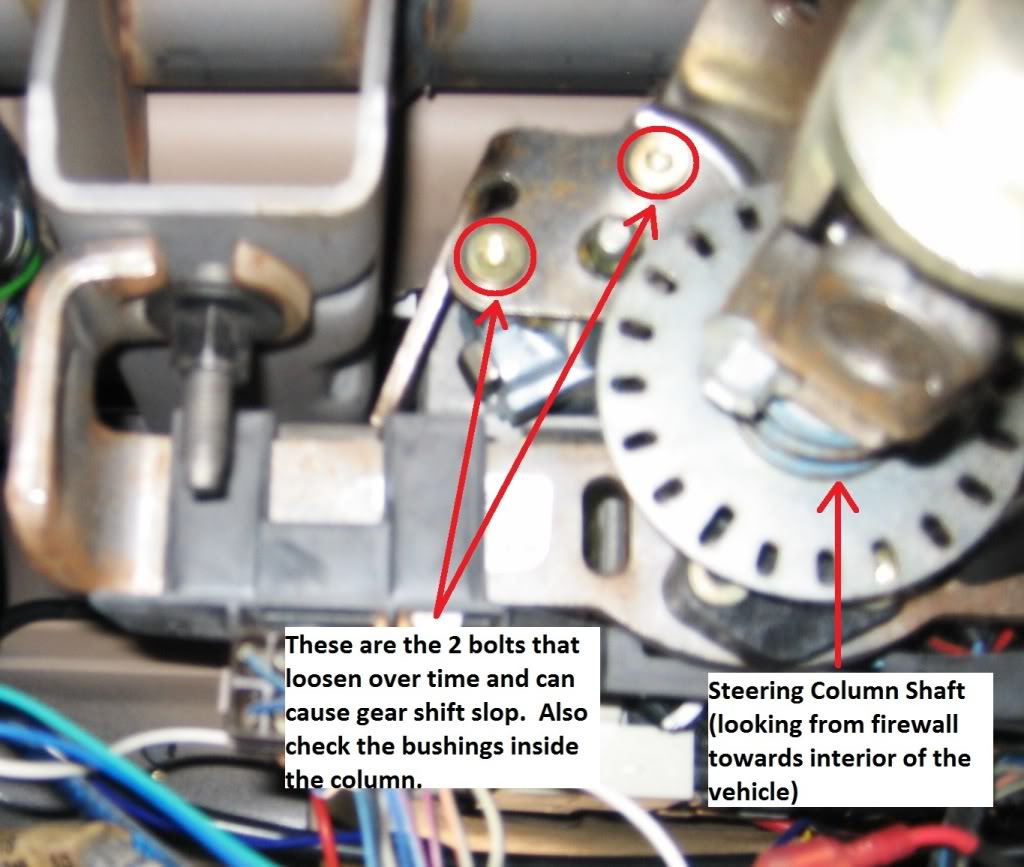
Step 3 - Check transmission fluid
Dirty or contaminated fluid can cause a number of transmission problems. Pull the transmission dipstick while your transmission is still warm. Let it drip on white paper. If the fluid smells burnt or isn't pink, replace it.
If the fluid appears frothy with a milkshake-like consistency, there is water or coolant in it. Water and coolant will spoil the friction surfaces on the transmission's clutches. If this is the case, the transmission will likely need to be rebuilt. This situation isn't likely, but it can happen if there's a hole between the coolant and transmission fluid partitions of the radiator.
If the fluid looks good, move on to Step 4.
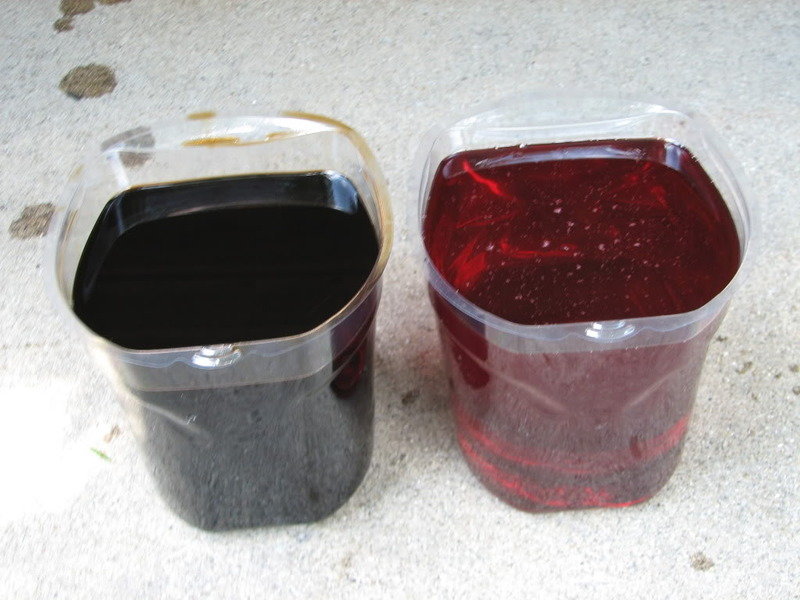
Step 4 - Test transmission pressure
Low transmission fluid pressure can cause several transmission problems. Connect a transmission fluid pressure gauge to your Electronic Pressure Control (EPC) tap. The EPC solenoid controls the flow of transmission fluid. Abnormal reading from this tap generally means that there's an internal transmission issue. Follow the pressure test diagnostic in your manual to identify possible problems. If pressure is lower than recommended, it can be an indication of a bad solenoid or other potential problems that would prevent your transmission from shifting into gear, including bad internal transmission clutches or a bad fluid pump.
(Related Article: How to Perform Transmission Line Pressure Test - Ford-Trucks.com)
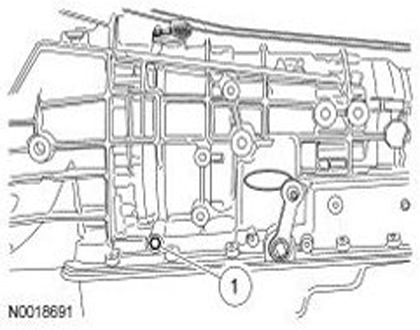
Figure 4. Line pressure tap on the 5R110W (Diesel 5-speed automatic). 
Figure 5. Line pressure tap on the 6R140 (Diesel 6-speed automatic).
Featured Video: Why Won't My Truck Go Into Gear?
Related Discussions
- Transmission Range Sensor Malfunction - Ford-Trucks.com
- Shift Linkage Adjustment - Ford-Trucks.com
- How to Tighten 5R110 Shifter - Ford-Trucks.com






